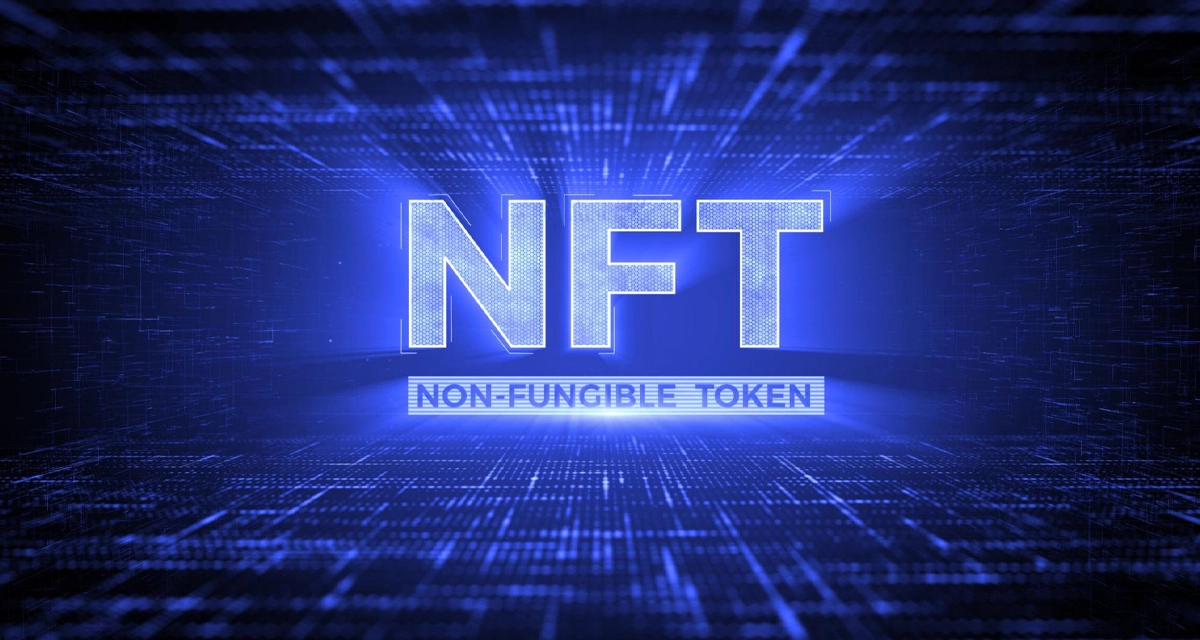In recent years, a new buzzword has emerged in the world of technology and finance: NFTs. But what exactly are NFTs, and why are they gaining so much attention? In this article, we’ll delve into the world of NFTs, exploring their origins, functionalities, benefits, and potential risks.
What are NFTs?
NFTs, or Non-Fungible Tokens, represent unique digital assets that are stored on a blockchain. Unlike cryptocurrencies such as Bitcoin or Ethereum, which are fungible and can be exchanged on a one-to-one basis, NFTs are one-of-a-kind assets, each with its own distinct value and properties.
Brief history of NFTs
While the concept of NFTs has been around for several years, it wasn’t until the emergence of blockchain technology that they gained widespread recognition. The launch of projects like CryptoPunks and CryptoKitties in the early 2010s paved the way for the NFT craze that followed.
2. Understanding NFTs
How do NFTs work?
NFTs are created, bought, and sold using smart contracts on blockchain platforms such as Ethereum. Each NFT contains metadata that defines its unique attributes, such as ownership, provenance, and any associated rights or royalties.
Different types of NFTs
NFTs can represent a wide range of digital assets, including artwork, music, videos, virtual real estate, and even tweets. The versatility of NFTs has led to their adoption in various industries and creative endeavors.
3. Benefits of NFTs
Ownership and authenticity
One of the primary benefits of NFTs is their ability to provide verifiable ownership and provenance for digital assets. This can help artists and creators protect their work from unauthorized reproduction and ensure that they receive proper recognition and compensation.
Decentralization and security
By leveraging blockchain technology, NFTs offer a decentralized and tamper-proof system for recording ownership and transactions. This eliminates the need for intermediaries such as galleries or auction houses, reducing costs and increasing transparency.
Economic opportunities for creators
NFTs enable artists and creators to monetize their work in new and innovative ways. Through auctions, royalties, and secondary sales, creators can capture more of the value generated by their art and engage directly with their audience.
4. Popular NFT Platforms
Ethereum-based platforms
Ethereum is currently the most popular blockchain platform for creating and trading NFTs, thanks to its robust smart contract functionality and large developer community. Platforms like OpenSea, Rarible, and Foundation have emerged as leading marketplaces for buying and selling NFTs.
Other blockchain platforms for NFTs
In addition to Ethereum, several other blockchain platforms support the creation and trading of NFTs, including Binance Smart Chain, Flow, and Tezos. Each platform offers its own unique features and ecosystem for NFT enthusiasts.
5. Risks and Challenges
Environmental concerns
Critics of NFTs have raised concerns about their environmental impact, particularly the energy consumption associated with blockchain transactions. The process of minting and trading NFTs requires significant computing power, which can contribute to carbon emissions and environmental degradation.
Legal and copyright issues
The decentralized nature of blockchain technology presents challenges for enforcing intellectual property rights and copyright laws. Instances of plagiarism, counterfeiting, and unauthorized use of copyrighted material have raised questions about the legal status of NFTs and the responsibilities of creators and platforms.
6. NFTs in Art and Entertainment
Impact of NFTs on the art world
NFTs have sparked a digital renaissance in the art world, enabling artists to reach new audiences and explore unconventional mediums. Collectors and investors are drawn to the scarcity and uniqueness of NFTs, driving demand for digital art and pushing boundaries of creativity.
NFTs in gaming and digital collectibles
Beyond the realm of fine art, NFTs are revolutionizing the gaming industry and digital collectibles market. Players can buy, sell, and trade in-game items, skins, and characters as NFTs, creating new revenue streams for developers and fostering vibrant online communities.
7. Investing in NFTs
Potential for high returns
The speculative nature of NFTs has attracted investors seeking high returns in a rapidly growing market. Rare and sought-after NFTs have sold for millions of dollars, making headlines and fueling excitement among collectors and speculators alike.
Risks and volatility
However, investing in NFTs carries inherent risks, including price volatility, market manipulation, and regulatory uncertainty. As with any speculative asset, investors should conduct thorough research and exercise caution when buying and selling NFTs.
8. Future of NFTs
Potential applications beyond art and collectibles
Looking ahead, NFTs hold immense potential for disrupting traditional industries and unlocking new forms of value creation. From digital identity and ownership to supply chain management and tokenized assets, the possibilities for NFTs are virtually limitless.
Integration with virtual reality and augmented reality
As technology continues to evolve, NFTs are poised to play a central role in the development of virtual reality and augmented reality experiences. By tokenizing digital assets and experiences, creators can create immersive worlds and monetize virtual goods in unprecedented ways.
9. Conclusion
In conclusion, NFTs represent a groundbreaking innovation in the world of digital ownership, offering new opportunities for creators, collectors, and investors alike. While the future of NFTs remains uncertain, their impact on art, entertainment, and technology is undeniable, shaping the way we interact with digital assets and redefine the concept of ownership in the digital age.
FAQs
- Are NFTs the same as cryptocurrencies?
- While both NFTs and cryptocurrencies are based on blockchain technology, they serve different purposes. NFTs represent unique digital assets, whereas cryptocurrencies are fungible tokens used as a medium of exchange.
- How do I create and sell an NFT?
- To create an NFT, you’ll need to mint it on a blockchain platform like Ethereum using a smart contract. Once minted, you can list your NFT for sale on a marketplace like OpenSea or Rarible, where buyers can bid on or purchase it.
- Are NFTs a good investment?
- Like any investment, the value of NFTs can fluctuate, and there are no guarantees of returns. While some NFTs have sold for significant sums, others may struggle to find buyers. It’s essential to do your research and only invest what you can afford to lose.
- What are some examples of famous NFTs?
- Some famous NFTs include digital artworks by Beeple, CryptoPunks, and NBA Top Shot moments. These NFTs have sold for millions of dollars and garnered widespread attention in the media and art world.
- Are NFTs environmentally friendly?
- The environmental impact of NFTs has been a topic of debate, as the process of minting and trading NFTs requires significant energy consumption. However, there are efforts underway to develop more sustainable blockchain solutions and mitigate the environmental footprint of NFTs.





